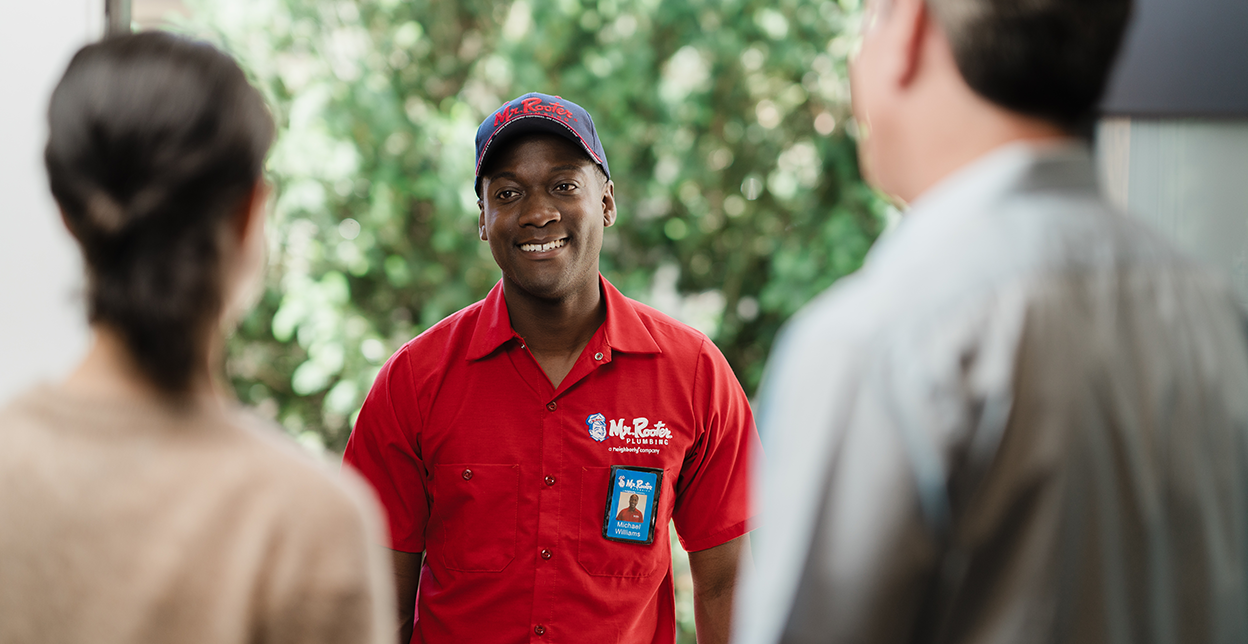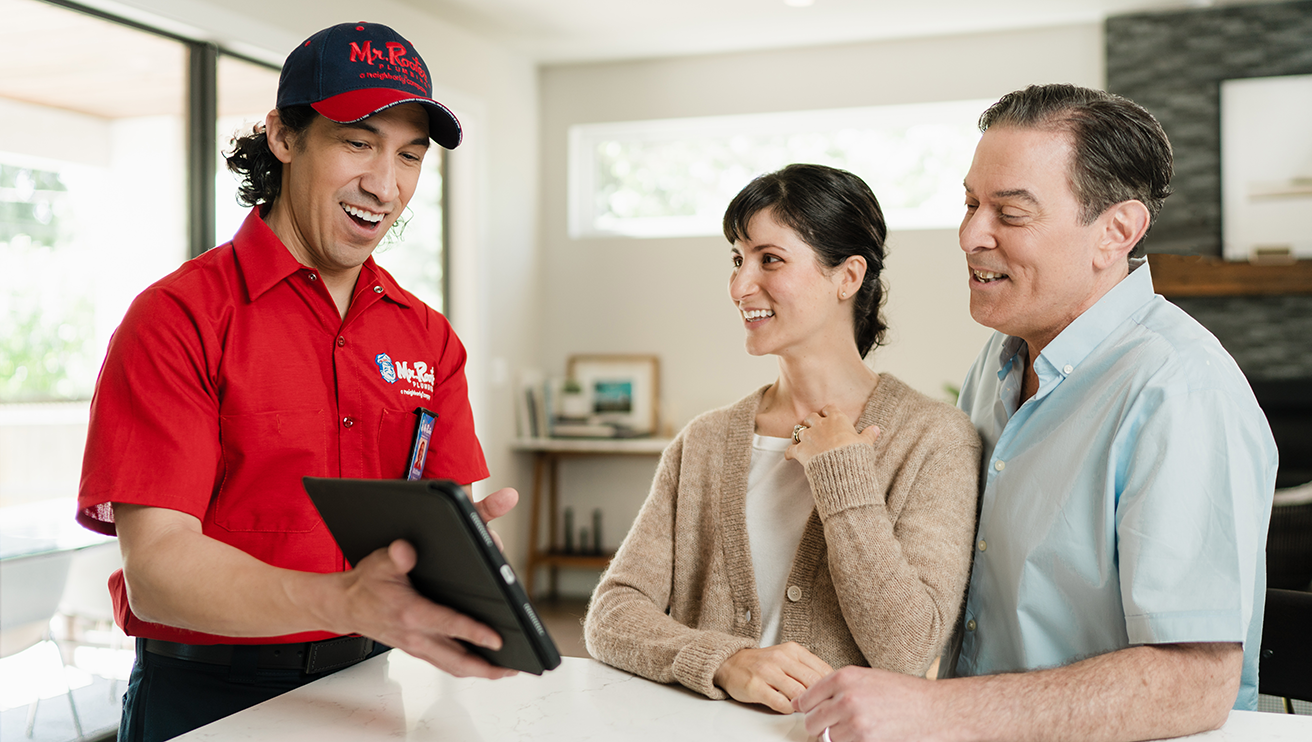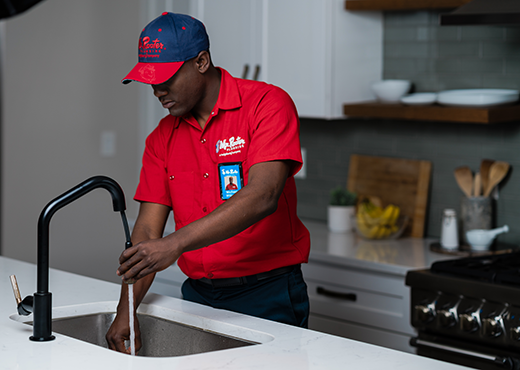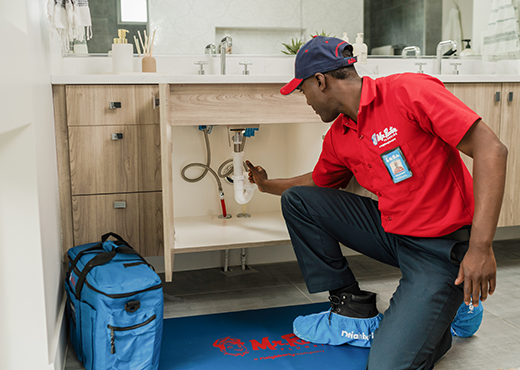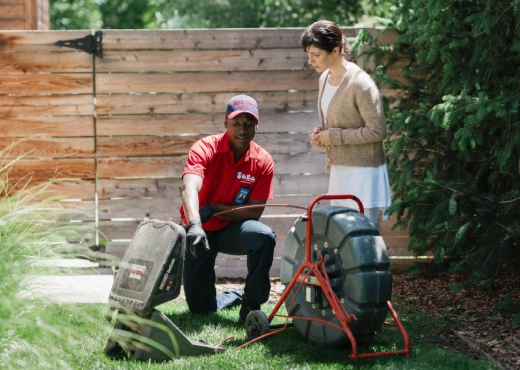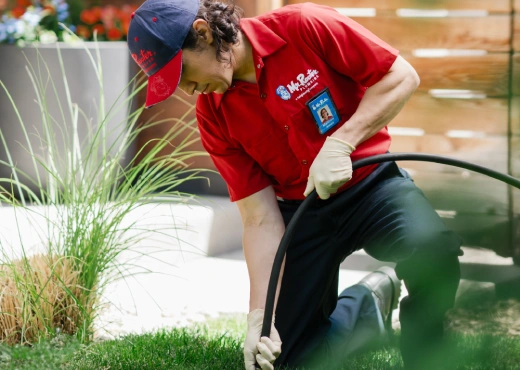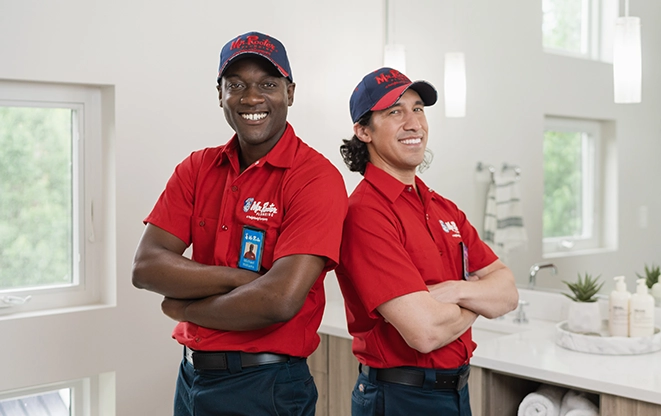Kamloops drain replacement is necessary when replacing or upgrading existing drainage systems in residential or commercial properties. Drains play a crucial role in managing wastewater and preventing water damage to buildings and infrastructure. Over time, drains can deteriorate due to various factors, such as aging, corrosion, blockages, or damage.
Here are some key aspects of our Kamloops drain replacement expert services:
Assessment and Inspection
Before commencing drain replacement, our experienced professionals thoroughly assess and inspect the existing drainage system using video inspections. This process helps identify the extent of damage, materials used, and overall condition of the drains, laying the foundation for an informed and effective replacement strategy.
Materials Used
Drain replacement services prioritize the use of durable, corrosion-resistant materials like PVC and HDPE, selected based on project-specific requirements. This meticulous material selection ensures the longevity and optimal performance of the new drainage system, tailored to withstand environmental challenges and varying conditions.
Professional Drain Installation
Our professional plumbers conduct drain replacements, ensuring proper installation in compliance with local codes. Installation methods, including trenching or trenchless techniques, are chosen based on the specific project requirements and property, emphasizing efficiency and adherence to regulations.
Trenchless Technology
Trenchless methods represent a technological advancement in the field of underground infrastructure repair and replacement, offering efficient alternatives to the conventional practice of trenching. Two notable trenchless techniques are pipe lining and pipe bursting, both of which have gained popularity due to their ability to minimize disruption to landscapes and structures.
- Pipe Lining: In pipe lining, a flexible, resin-coated liner is inserted into the existing damaged pipe. Once in place, the liner is inflated, and the resin hardens, creating a new, durable inner layer within the old pipe. Pipe lining requires only small access points, usually at the beginning and end of the pipeline. This reduces the need for extensive excavation compared to traditional trenching. Landscaped areas, gardens, or paved surfaces remain largely unaffected, as there is no requirement for digging trenches along the entire length of the pipeline. The curing process of the resin is relatively fast, allowing for quicker project completion compared to traditional methods.
- Pipe Bursting: Pipe bursting involves breaking the existing damaged pipe while simultaneously pulling in a new pipe of the same or larger diameter. A hydraulic or pneumatic bursting head fractures the old pipe, creating space for the insertion of the replacement pipe. Pipe bursting minimizes the need for continuous trenches. Instead, access pits are created at the entry and exit points of the pipeline, reducing disruption to the surrounding area. This method allows for the replacement of pipes with a larger diameter, improving flow capacity and potentially preventing future blockages. Pipe bursting can be employed in various soil conditions and is effective for replacing pipes made of different materials.
Trenchless methods prioritize environmental sustainability by minimizing soil disturbance in urban areas with limited green spaces. Despite a slightly higher upfront cost, they reduce overall expenses by lowering labor, equipment, and restoration costs associated with traditional trenching. This approach leads to quicker project timelines, minimizes inconvenience to property owners, and preserves surrounding landscapes and structures.
Post-Installation Inspection
Following drain replacement, our skilled plumbers conduct a meticulous final inspection to ensure the new system meets quality standards and operates effectively. This comprehensive examination covers all components, joints, and connections, emphasizing our commitment to delivering our clients a reliable, high-quality drainage solution.
